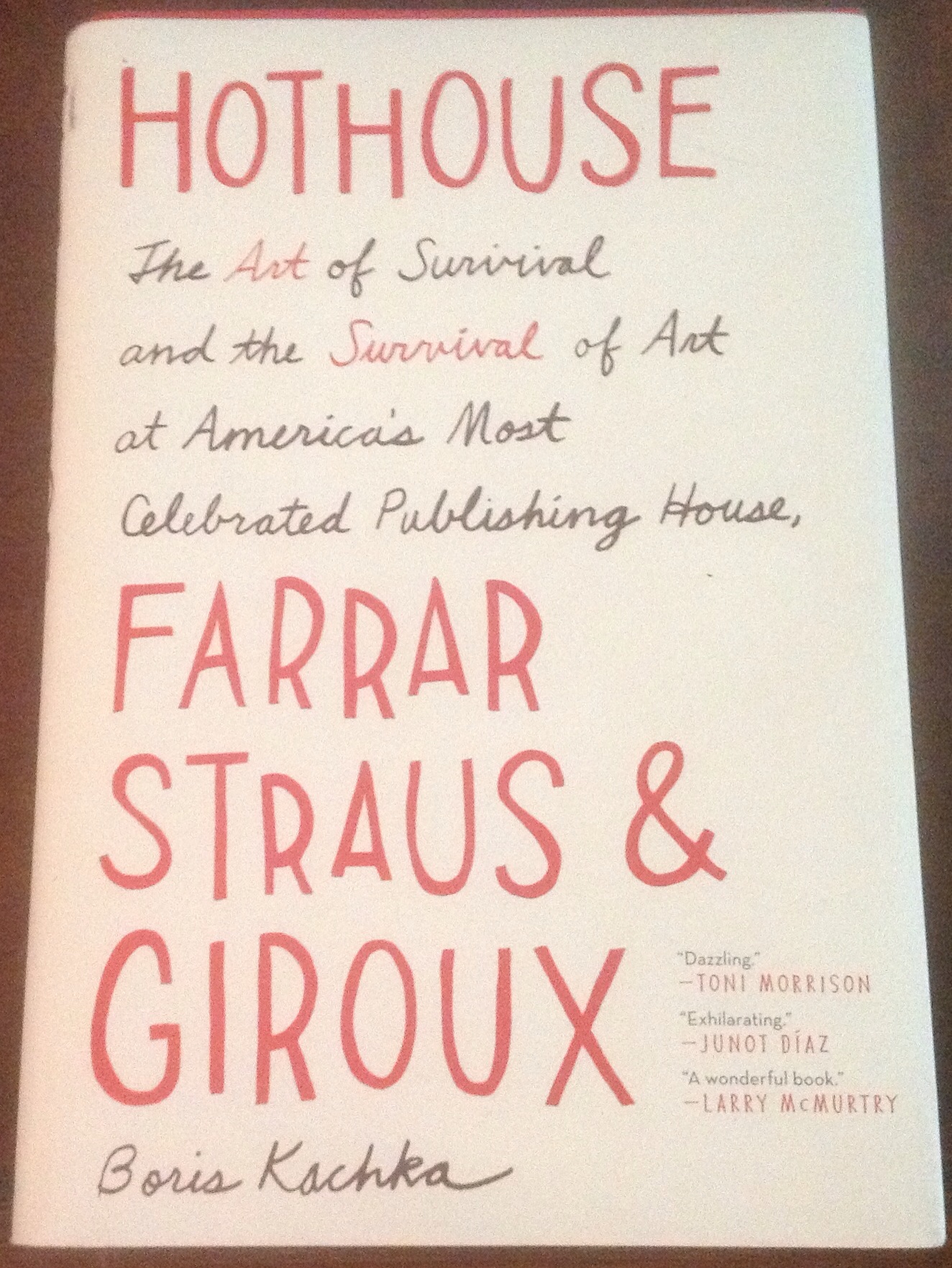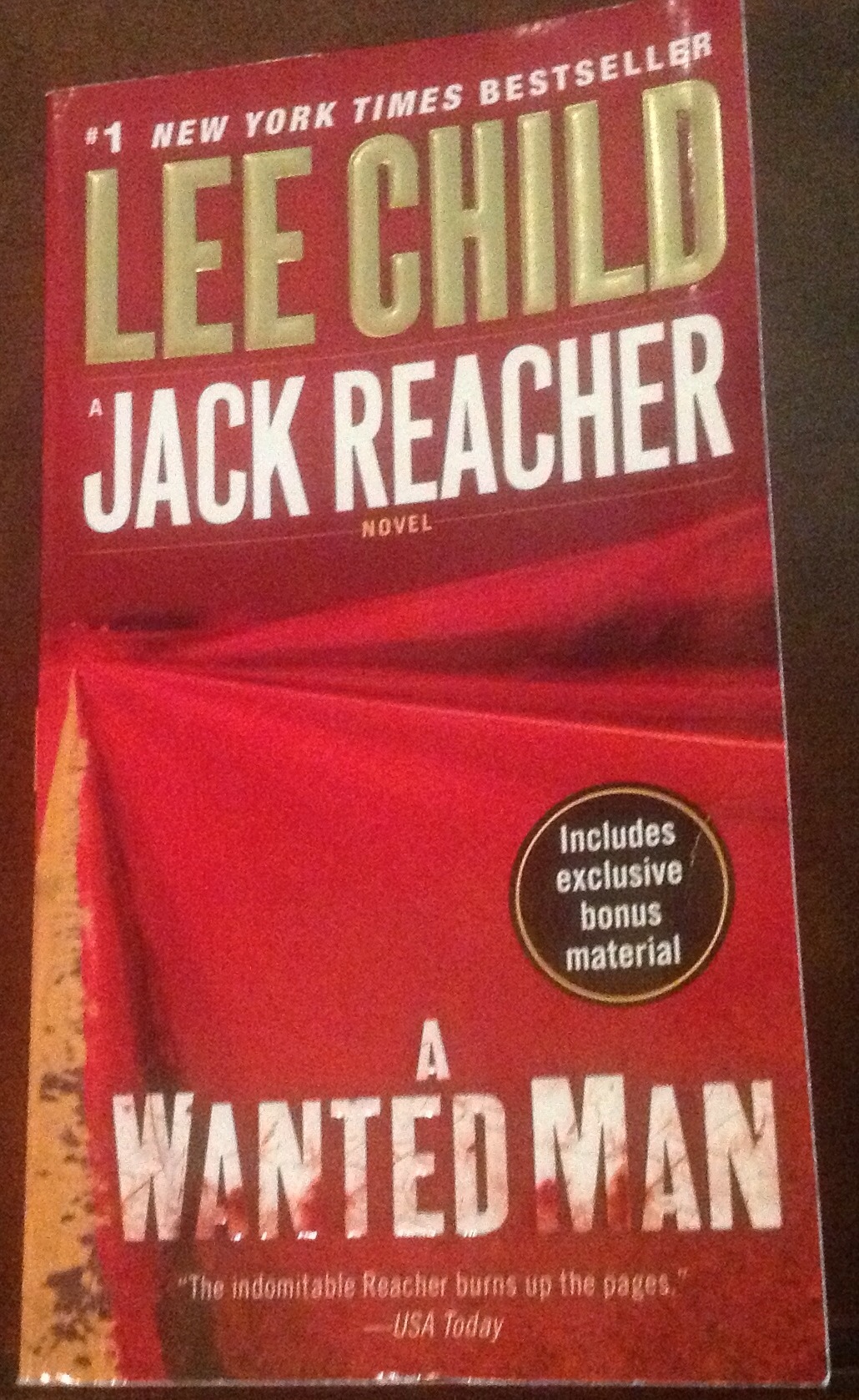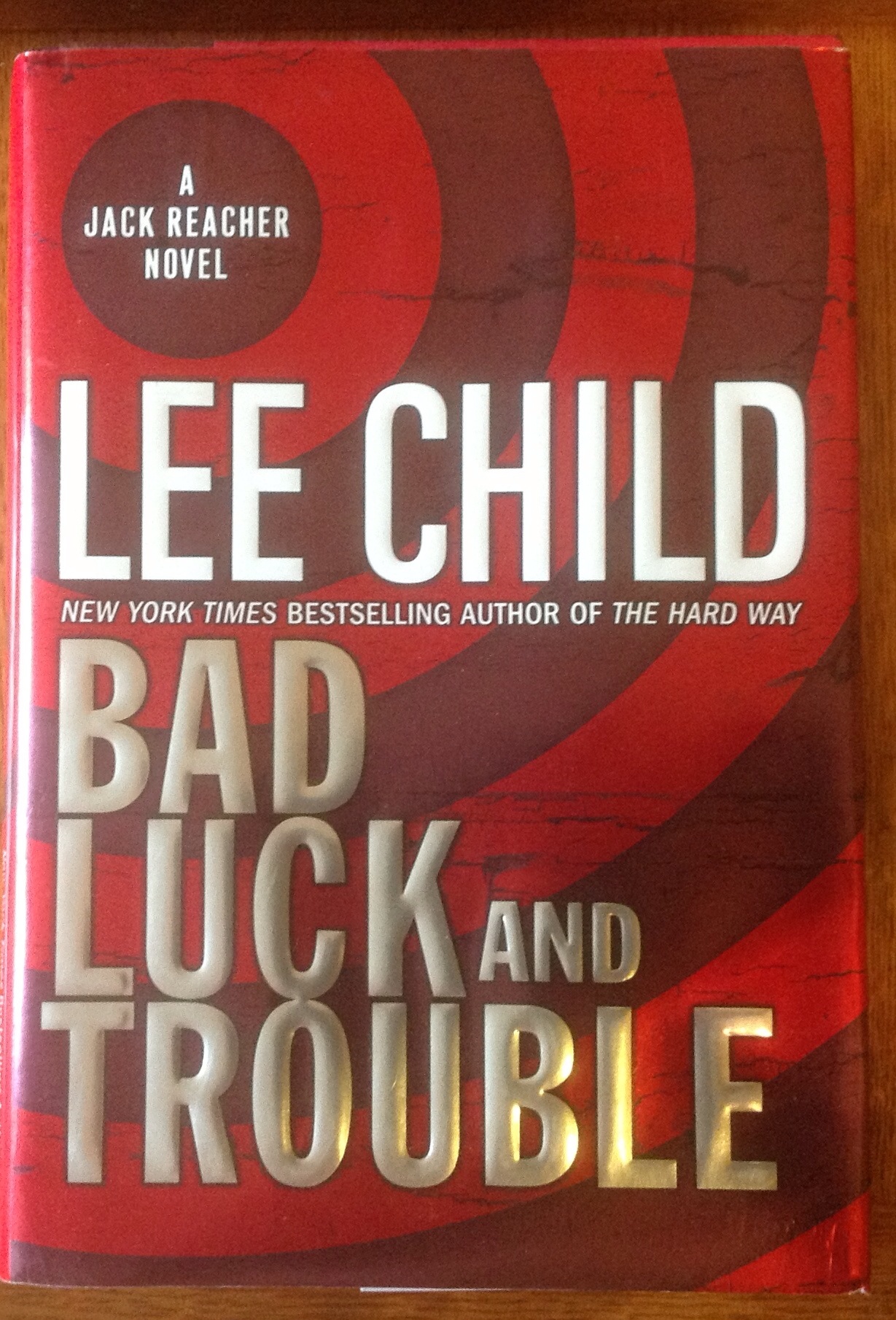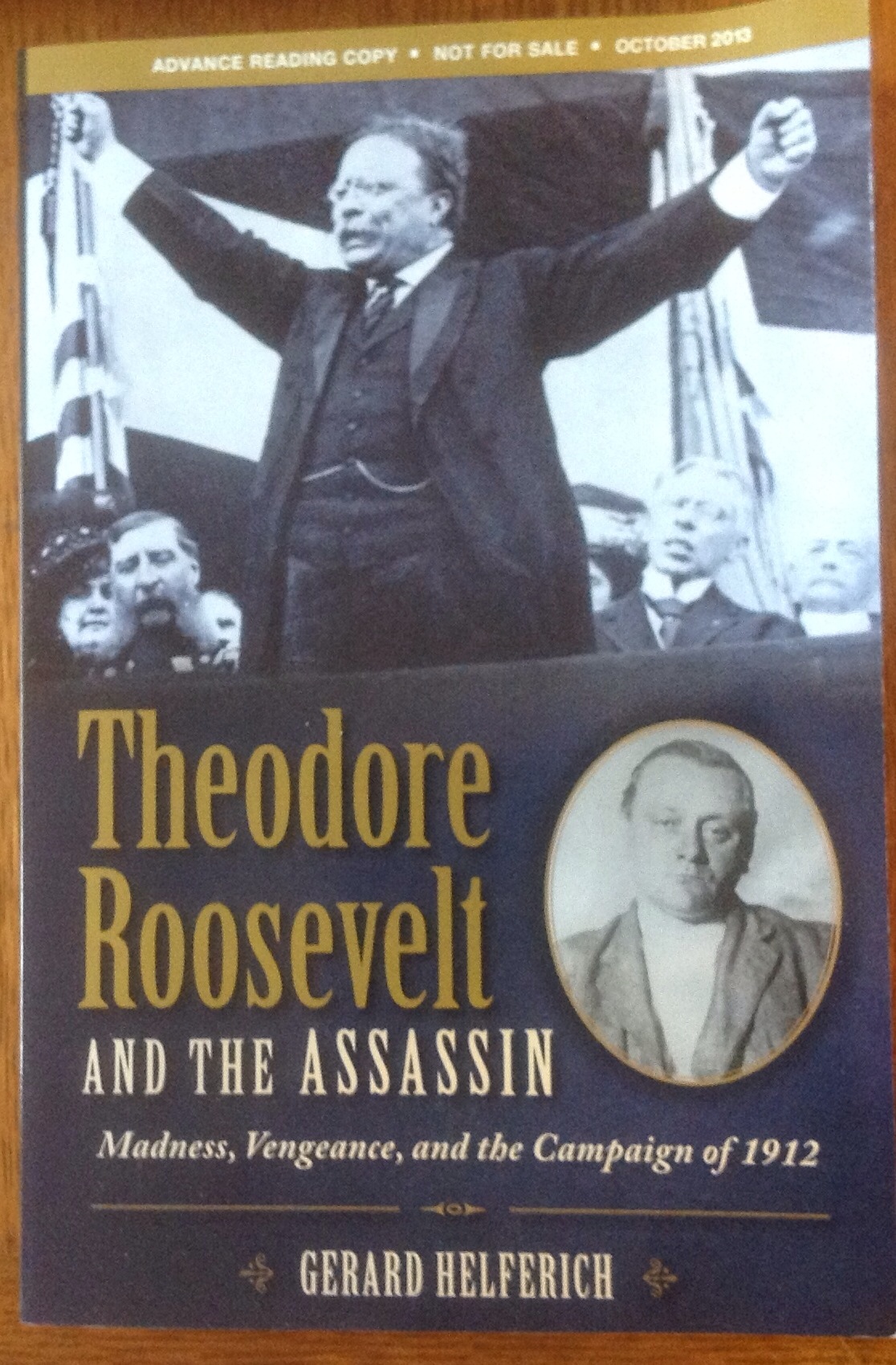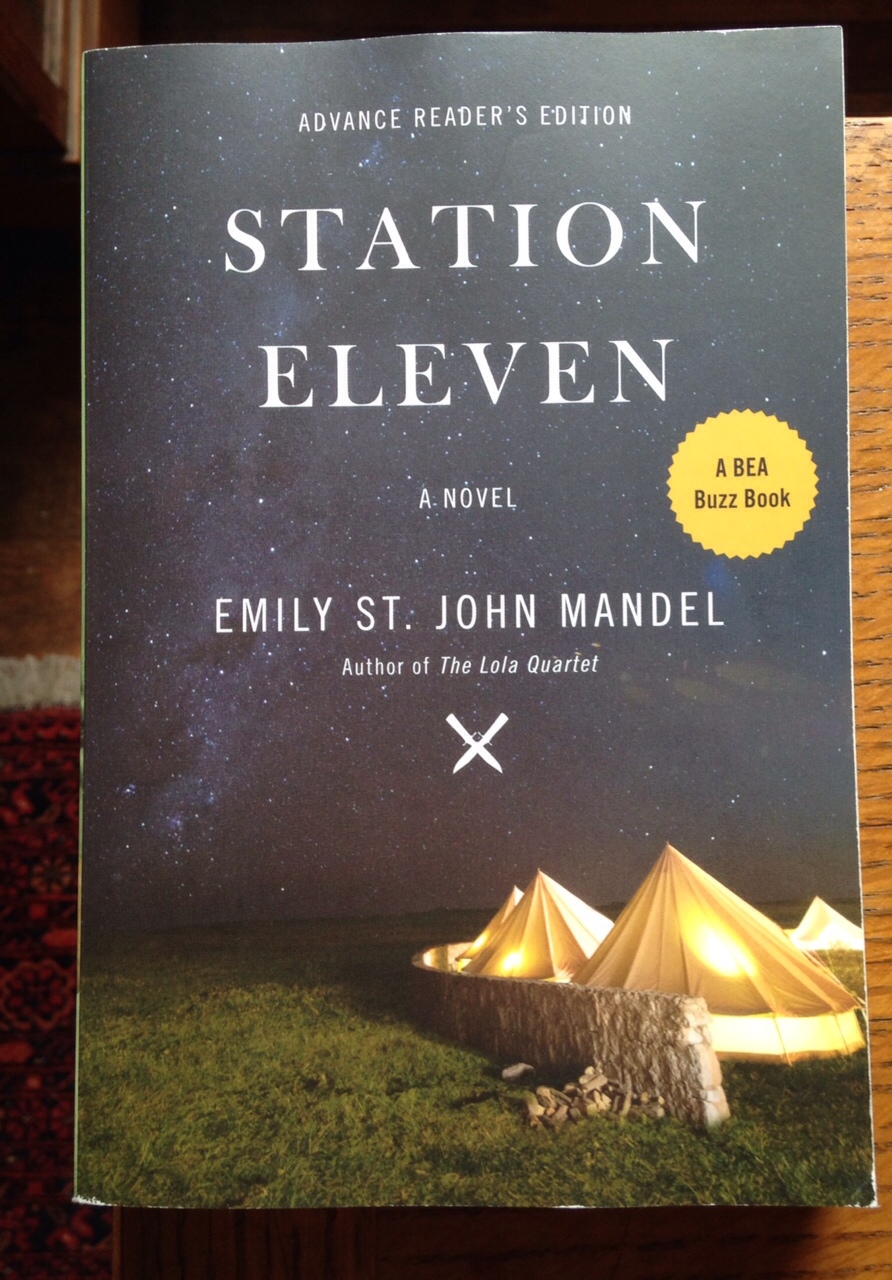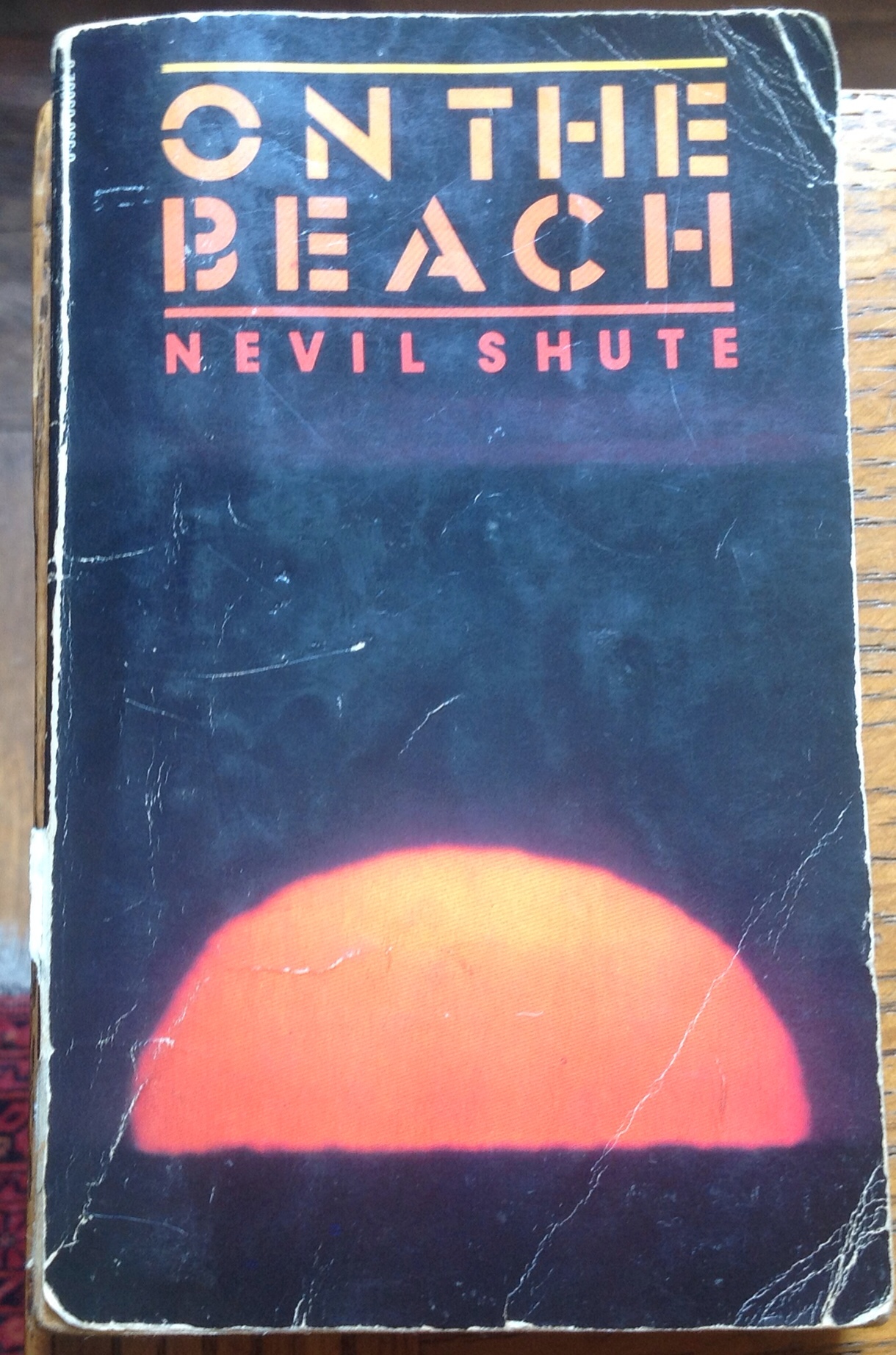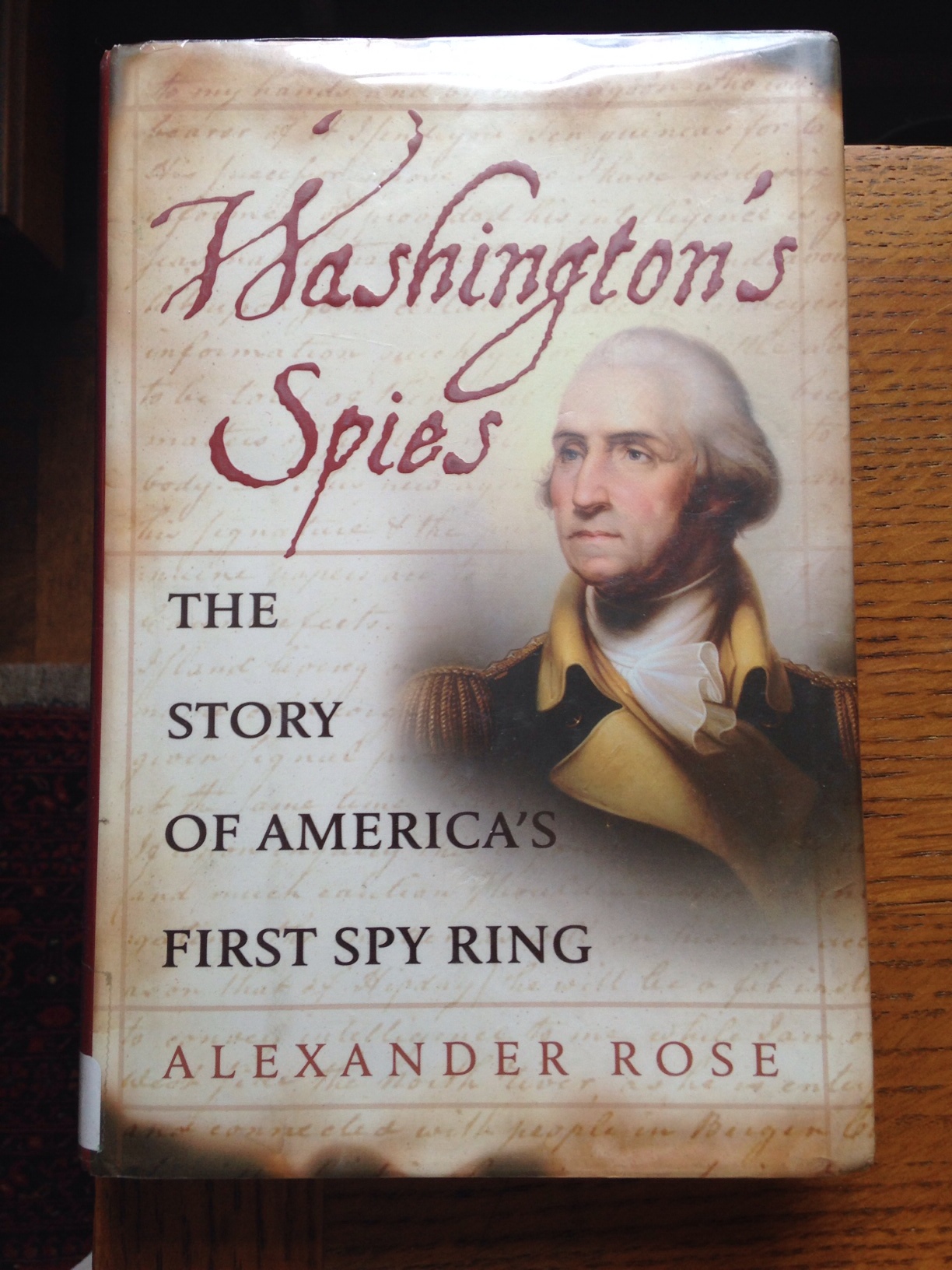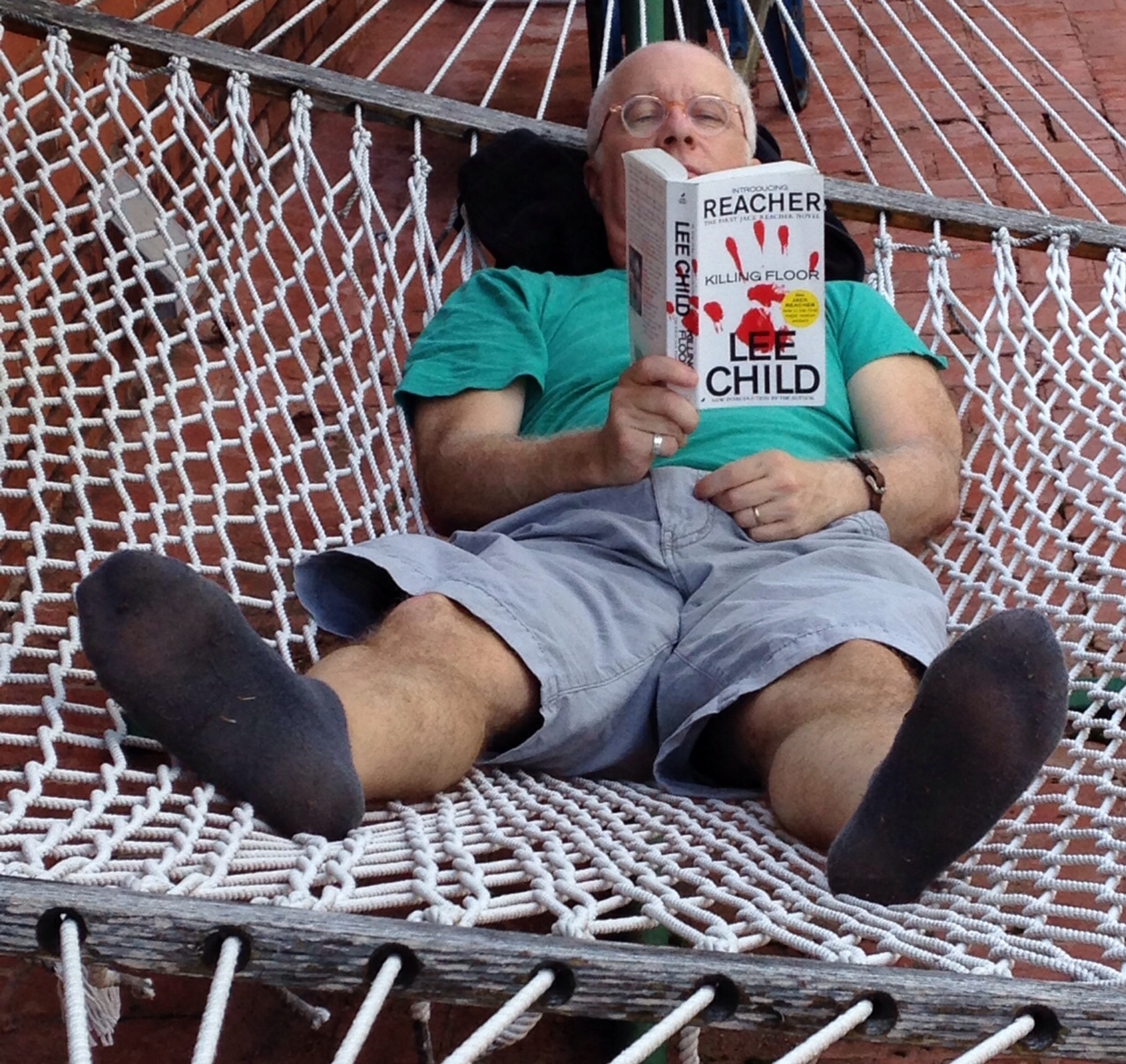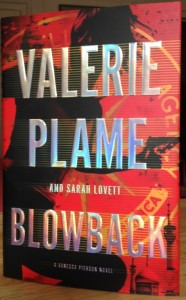Leaving Cleveland and Finding My First Job in New York City
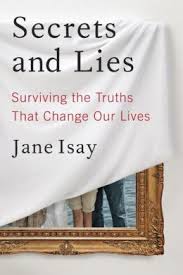 When I moved to New York City in 1985–after working the seven years following Franconia College for the Turner family’s 3-store book chain Undercover Books–my first job in Gotham was not in publishing. The job that enabled me to pack up my life in Cleveland and exit a family business and a city which my siblings and parents didn’t want me to leave was Membership Coordinator of a Jewish educational organization, the National Havurah Committee (NHC). I wasn’t staying in books, I thought, but starting work in what at Franconia–an institution that was born and thrived in the educational ferment of the 1960s-70s–I’d hoped I would be doing: working against bigotry and anti-semitism, maybe in inter-faith dialogue, applying my double major in History of Religion and Philosophy of Education, trying to mend the broken world.
When I moved to New York City in 1985–after working the seven years following Franconia College for the Turner family’s 3-store book chain Undercover Books–my first job in Gotham was not in publishing. The job that enabled me to pack up my life in Cleveland and exit a family business and a city which my siblings and parents didn’t want me to leave was Membership Coordinator of a Jewish educational organization, the National Havurah Committee (NHC). I wasn’t staying in books, I thought, but starting work in what at Franconia–an institution that was born and thrived in the educational ferment of the 1960s-70s–I’d hoped I would be doing: working against bigotry and anti-semitism, maybe in inter-faith dialogue, applying my double major in History of Religion and Philosophy of Education, trying to mend the broken world.
Right after graduating, people working in communal service and career counselors with whom I met told me I’d need an advanced degree, like an MSW, to get anywhere in the field. Yet as an alum of an alternative high school and an experimental college, I had no interest in grad school. I sometimes wonder, if my family hadn’t opened the first bookstore in 1978–affording me a place to park myself right after college–what I would have done in my life. It might not have been in books, as it’s turned out. When I enlisted in the family business, I didn’t know my work in the stores would last seven years, that’s for sure. At about the five year point I began seriously mulling what I would do next. When I turned thirty, in the fall of 1984, I was ready to leave Cleveland and move on from my hometown and the family business.
I might’ve tried moving in to publishing right away then, but for two reasons: First, I was still eager to work on mending the world and wondered if fostering dialogue among groups that too often regarded opponents as an alien “other” might be as important and fulfilling as bookselling. The second reason was more complex, and gets to the heart of secrets and truth, very much in the vein of Jane Isay’s new book, SECRETS AND LIES: Surviving the Truths that Change Our Lives, the occasion for this post covering my collegial friendship with her; the relationship books she’s written since leaving publishing, and ineluctably, my own family and personal history. The nub then was that my siblings and parents viewed me as indispensable to the stores, and felt betrayed or abandoned or hurt that I really was going to leave them. I viewed it that I had never signed on for more than temporary–if extended–duty in the family enterprise, and besides, who could be expected to stay in one’s birthplace, if you had the urge to pull up stakes and explore putting down roots elsewhere? We had some hard words when I told everyone my decision–it came right around my 30th birthday that September of ’84, when I was feeling impatient, sensing the acceleration of my own years, and not amenable to being hemmed in by an obligation to my birth family, no matter how much I respected them and cared about them. Resisting their appeals that I stay, and disregarding doubts they expressed about whether I could really find a job in another city, my resolve was solid as I began my quest for new work and a new home. Given the still-raw feelings, I felt some constraint about not looking for new work in publishing, which could’ve felt to my siblings almost like I was using the bookstore years purely as a personal springboard in to publishing, something they could’ve perhaps chosen to do, too.
 As Jane observed in her talk at Manhattan’s Corner Bookstore last week, given time, the breaches among family members often will heal. This was certainly true for the five of us, as the hurt did not persist. The rest of the family carried on in to some of Undercover’s best years, maintaing active store locations until around ’92, before going mail order and then online, utilizing the new Internet, beginning in 1993, before Amazon began selling books. My brother Joel and sister Pamela, and our parents Earl and Sylvia were quicker past the post than Jeff Bezos, confirmed by my recent reading of Brad Stone’s excellent book The Everything Store: Jeff Bezos and the Age of Amazon.
As Jane observed in her talk at Manhattan’s Corner Bookstore last week, given time, the breaches among family members often will heal. This was certainly true for the five of us, as the hurt did not persist. The rest of the family carried on in to some of Undercover’s best years, maintaing active store locations until around ’92, before going mail order and then online, utilizing the new Internet, beginning in 1993, before Amazon began selling books. My brother Joel and sister Pamela, and our parents Earl and Sylvia were quicker past the post than Jeff Bezos, confirmed by my recent reading of Brad Stone’s excellent book The Everything Store: Jeff Bezos and the Age of Amazon.
Looking past publishing as a possibility, I focused my search from Cleveland on Jewish communal service organizations in Chicago and New York, and got an offer from the NHC, which generously included help with my moving expenses. However, after nine months with them, the executive director who’d hired me announced his resignation. It looked like the NHC was going to enter a rocky period, and I hadn’t fallen in love with the field, anyway. I decided to re-chart my course and now try to work in publishing, closer than in retail to where the books begin. Undercover Books had been a prominent indie store with a good reputation, so I was hopeful I could effectively network my way in to some kind of a publishing job. As it turned out, I was able to seek advice and find encouragement from lots of helpful bookpeople, publishing veterans I already knew, and others I met for the first time. All were generous with their time and eager to share their experiences in the business, along with views of the job prospects at many different companies. Among this group of friends and well-meaning contacts, three women I met in New York for the first time were particularly helpful to me.
The Three Publishing Women Who Helped Me Find My Path
In 1986, Mildred Marmur, the first female chief executive of Scribner’s, would give me my first job in publishing, a part-time stint as the first reader and judge of the Maxwell Perkins First Novel Award. Milly had earlier worked in subsidiary rights at Simon & Schuster and Random House where she famously made lucrative mass market paperback deals for such big books as All the President’s Men and E.L. Doctorow’s Ragtime. Later, I met Ruth Nathan, a literary agent who earlier in her career was a story editor for Paramount Studios, working in NY. Ruth’s husband was Paul Nathan, longtime Rights&Permissions columnist for Publishers Weekly. After my stint at Scribner’s ended, Ruth recommended me to Beth Walker for an open position at Walker & Company, demonstrably helping me land my first full-time job as a full-fledged editor.
But before I was even in a position to be helped by Marmur and Nathan, I had to first decide if I wanted to become an editor, or explore some other role in publishing, like working as a traveling sales representative. Also essential to this process was meeting Jane Isay, already a longtime editorial professional, who I recall having been at Basic Books before I knew her, and at S&S when we met. A great listener, Jane took me to lunch, and heard my tale of a bookseller recently arrived in NYC who was looking for a berth on the publishing side of the business. I told her I thought I wanted to become an editor, but wanted to be sure about what the role would entail.
Jane outlined the editorial enterprise to me–reading constantly, scanning newspapers and magazines for new book ideas, cultivating agents with talented author clients, taking work home on weekends, and line-editing, always line-editing. She explained the latter involved engaging authors in a focused effort on the page and in vigorous conversation to help them make their work as good as it could become, including of course taking pencil to their manuscripts and working through them line by line. I was a bit daunted by the prospect, but thrilled at the same time. Our lunch, and subsequent conversations we had, made me more hopeful that this was going to be the right field for me. We agreed that I was in an unusual spot, since the career path for most editors was to start in publishing soon after college as an editorial assistant, assistant editor; and associate editor, until finally being named editor. Such a path could take 5-6 years, or longer. Yet, I had already been out of college seven years and had learned the book business as a retail buyer, ordering most of the adult books for three stores, while recommending books to customers every day and observing how real readers responded to my suggestions. The bookstore had been like graduate school for me, and I wasn’t interested in a lengthy editorial apprenticeship. Jane understood my situation and advised me how I might conduct my job search. She, more than anyone I met during those early years in New York City, helped put me on the career path I pursued.
Our Rabbi’s Friendship
My friendship with Jane soon expanded beyond books and publishing to embrace our spiritual sides. We were fortunate to both become members of Congregation B’Nai Jeshurun, a Manhattan synagogue whose lead rabbi, until his untimely death in 1993, was Marshall T. Meyer. I met Marshall one summer day in 1985 while at work in the NHC office in a building on W. 89th Street. A tall man with a big but elegant frame and a booming voice came waltzing over from an adjacent office on the same floor where I’d heard hammering and someone new moving in. “May I borrow your stapler, and some tape, and do you have any paperclips?” I instantly liked this big man with a big personality. He was unflinchingly vulnerable, giving and receiving lots of hugs. One of the things to love about Marshall was the mix of influences that combined in him, including a manner of speech and elocution that made him sound like and seem to me a latter-day Emerson or Thoreau, a sturdy New Englander to his core, a Jewish Connecticut Yankee in King Arthur’s Court. Walter Huston could’ve played Marshall in a movie, a model of rectitude and upright bearing. He grew up in Norwich, CT, near the Connecticut River, went to Dartmouth farther north along the Connecticut, and after completing studies in NY moved with his wife and growing family to Argentina where he served a lengthy sojourn as a rabbi. In the latter years of his time there, a military junta took power leading to the imprisonment, torture, and ‘disappearing’ of thousands of people the regime deemed opponents in their ‘dirty war.’ Marshall became an outspoken critic of the generals, while continuing to serve his pastoral function as a counselor for families and individuals caught up in the crackdown. He told me that he endured death threats, adding that his best defense against them had been to remain a highly visible and public person, never retiring or hidden. The dedication of the searing 1981 prison memoir, Prisoner Without a Name, Cell Without a Number, by Argentine activist Jacobo Timerman, which we had sold at Undercover Books reads,
To Marshall Meyer
A rabbi who brought comfort
to Jewish, Christian, and atheist prisoners in
Argentine jails.
Think about that–Marshall went behind high prison walls, visiting political prisoners in whom hope for justice was dimmed. It makes me think of Bob Dylan’s, “I Shall Be Released.” Marshall dealt with the jailers, pleading for the people. After the brutal regime fell, he was appointed to the national tribunal that investigated the junta’s crimes and violations of human rights, the only non-Argentine to so serve. He told me later that one of the reasons he felt he finally had to leave Argentina was because, in serving on that commission, he learned horrific details of torture and abuse inflicted on people, many who didn’t survive. Holding this knowledge–terribly weighty secrets and truths–he found he could no longer serve the pastoral role with, say, the parents of ‘disappeared’ children. They understood Marshal knew details about the end of their loved one’s life; it would be no kindness and bring no cessation of pain for him to tell them what he knew. Yet, how he could withhold this from them, if they insisted he tell them?
The brave work Marshall did in Argentina was prefigured by his time as a rabbinical student in the 1950s, when he studied with a spiritual giant of the twentieth century, Abraham Joshua Heschel, a transcendent and activist rabbi who later marched with Martin Luther King in Selma and opposed the Vietnam War with MLK. Marshall worked as Heschel’s assistant and typed several of his manuscripts prior to publication by Farrar, Straus & Giroux. In Hothouse, Boris Kachka’s recent history of FSG, he chronicles how Roger Straus, a very non-observant Jew, nonetheless greatly valued Rabbi Heschel’s place on their list. Marshall was very conscious of upholding Rabbi Heschel’s legacy and living by his example.
Soon after returning to the States, just before we met, Marshall was named rabbi of B’Nai Jeshurun, until then a rather moribund congregation on the Upper West Side of Manhattan, and within a brief span made it one of the most vital synagogues in the city. Marshall taught an evening class devoted to the writings of Rabbi Heschel. Jane and I were among the students who regularly attended these one night per week sessions. Each class began with Marshall reading from Heschel’s The Prophets, one of the books he had prepared for publication. With Marshall reading verbatim passages, we wrestled with Heschel’s text and the biblical sources, also discussing social justice, metaphysics, the homeless on NY streets, and our personal life missions. During Marshall’s tenure at BJ he recruited two younger rabbis to serve alongside him, Roly Matalon and Marcelo Bronstein–from Argentina and Chile, respectively–who fully took the helm after his wrenching death, at age 63. Though I’m not much involved with B’Nai Jeshurun these days, I still consider myself a kind of lay disciple of Marshall’s, and a friend to the congregation. I supported Roly and Marcelo when in December 2012 they came out in favor of Palestinian statehood in a letter that was discussed in the New York Times. 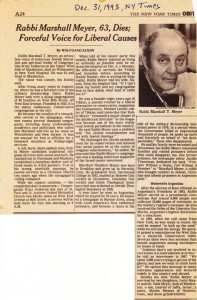
Jane Isay–Making her Mark as an Author
In the 2000s Jane and I saw less of each other, though I kept an eye out for word of her in the business, and the superb books she was publishing, like Melissa Fay Greene’s Praying for Sheetrock, a heroic and true civil rights story. As has happened for many senior people in the business over the past decade, Jane left corporate publishing. In 2004 I saw that she had edited a volume of Marshall Meyer’s writings and sermons, called You Are My Witness. I was delighted to see her name on the cover, under Marshall’s name.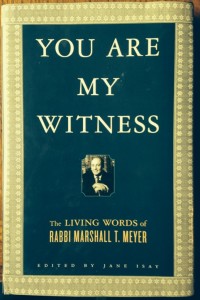
In 2007, I saw that she published a book of her own, Walking on Eggshells: Navigating the Delicate Relationship Between Adult Children and Parents. I was glad to see Jane had successfully turned the tables on her old career, coming out from behind the editorial desk to be an author in her own right. Like I discovered for myself a few years later–prior to leaving big-house publishing in 2009, I did little writing of my own, and then found I suddenly had the psychic elbow room to write and maintain this blog–Jane has continued to write and publish, with Mom Still Likes You Best: Overcoming the Past and Reconnecting With Your Siblings in 2011, and now her new book on living with the secrets we keep from each other and navigating the tough terrain of truth.
In her spirited and upbeat presentation at Corner Bookstore, Jane began by discussing the human capacity for shame, our ability to keep secrets hidden from the people to whom we’re closest, and our propensity to rationalize all our behaviors. She suggested that in a real way, we are the being that rationalizes, almost like a cartesian proof of existence: “We rationalize, therefore we are.” She pointed out that while the disclosure or discovery of some secrets can rupture a relationship permanently, in other instances, once anger has receded, there can be a resulting diminishment of anxiety, a new breath taken, so great that mutual forgiveness and reconciliation can follow, in time. After Jane’s talk and a few questions from the full house at the bookstore, there was a reception and I had a chance to give Jane a hug and congratulate her. If you are still pondering the mysteries of your family and other longterm relationships, I urge you to look at her books–she’s such a good listener that people she interviews really trust her. She’s really able to glean from them important examples and valuable truths that–with her own hard-won wisdom in life–make her books so wise, helpful, and healing. You’ll find more information on Jane’s books at her website.

